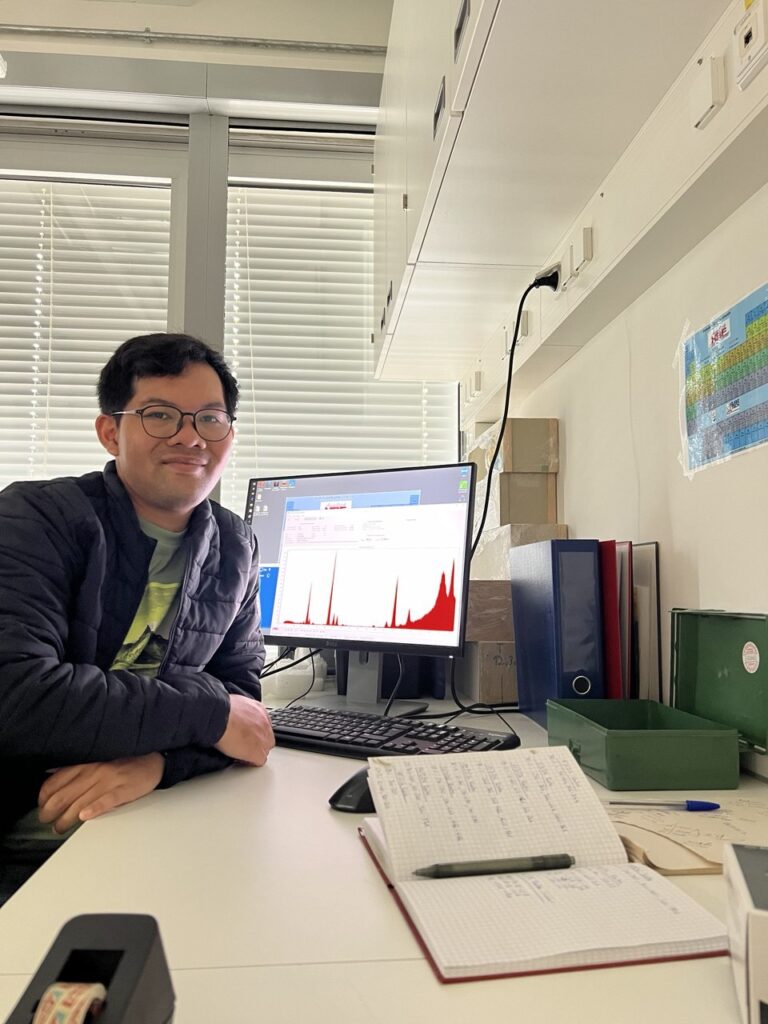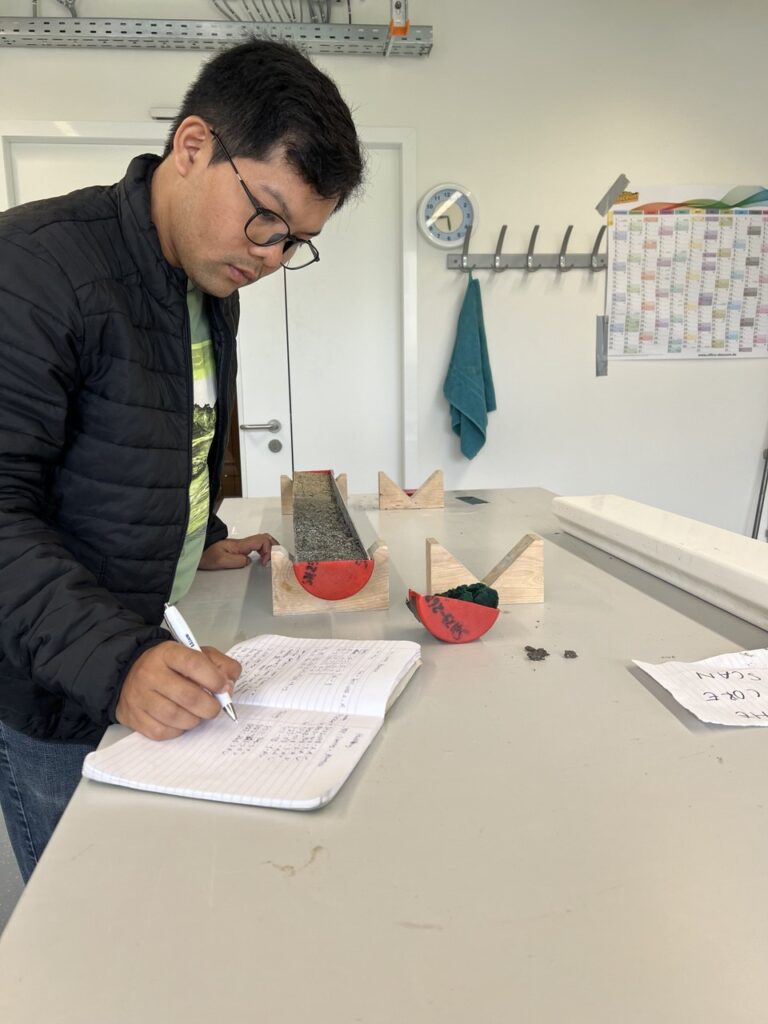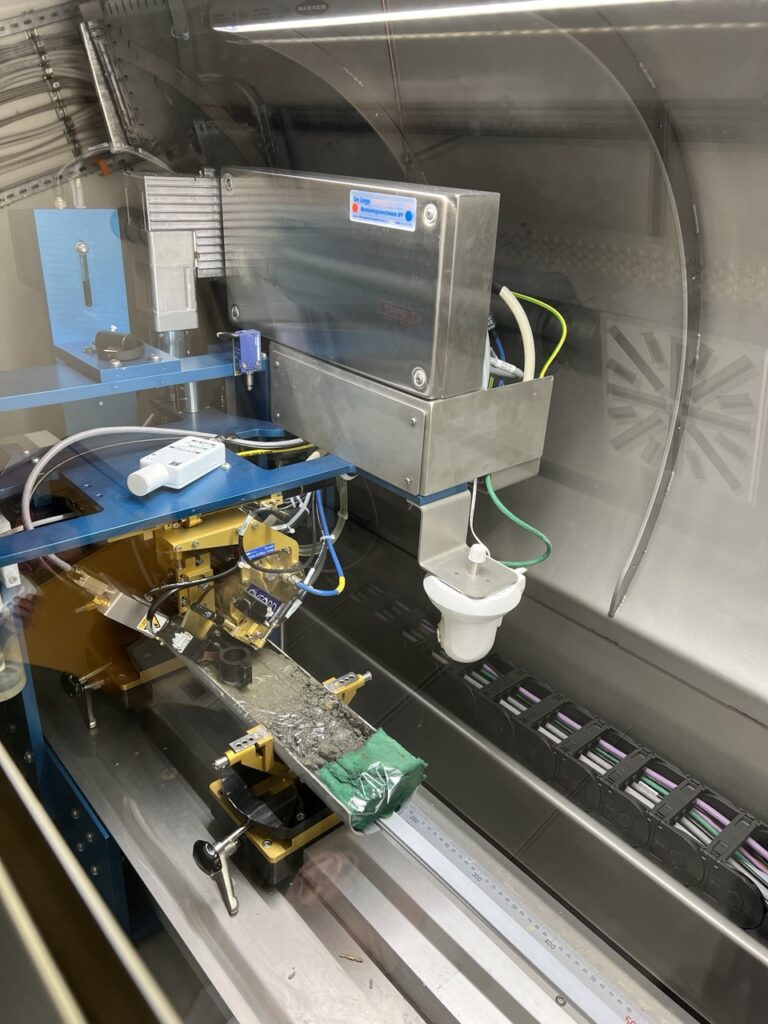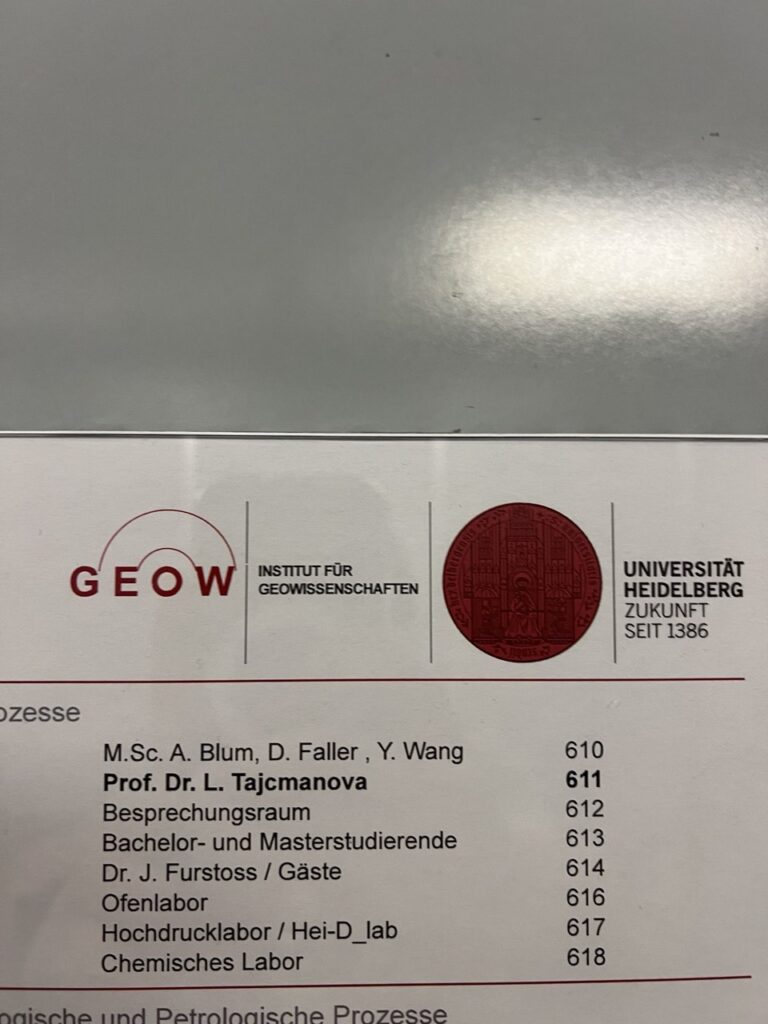As part of our ongoing research within the NORSEAT Project, our team recently carried out X-ray fluorescence (XRF) core scanning at the Institute of Earth Sciences, Heidelberg University. This lab work is an essential step in understanding the geochemical composition of sediment cores, especially when reconstructing past environmental and tsunami events in the North Sea region.
State-of-the-Art Equipment
The scanning was conducted using the AVAATECH (GEN-4) XRF core scanner, equipped with the high-performance OXFORD ‘Neptune 5200’ series detector. This setup allows for non-destructive, high-resolution elemental analysis of sediment cores—critical for identifying key changes in environmental conditions over time.
Lab Activity Gallery
Below are some photos from our work sessions in Heidelberg, showcasing the lab setup, the scanning process, and our researchers in action:






Why XRF Matters
XRF core scanning plays a vital role in:
- Identifying geochemical signatures associated with tsunamis or environmental shifts,
- Supporting stratigraphic interpretation alongside seismic and sedimentological data,
- And enabling multi-proxy analysis without damaging precious sediment cores.
This data, in combination with other methods such as grain size analysis and microfossil identification, enriches our understanding of Holocene palaeoenvironments and sea-level change in the Shetland Islands and beyond.
Stay connected for more field and lab updates as we continue to unravel the complex history of the North Sea basin!